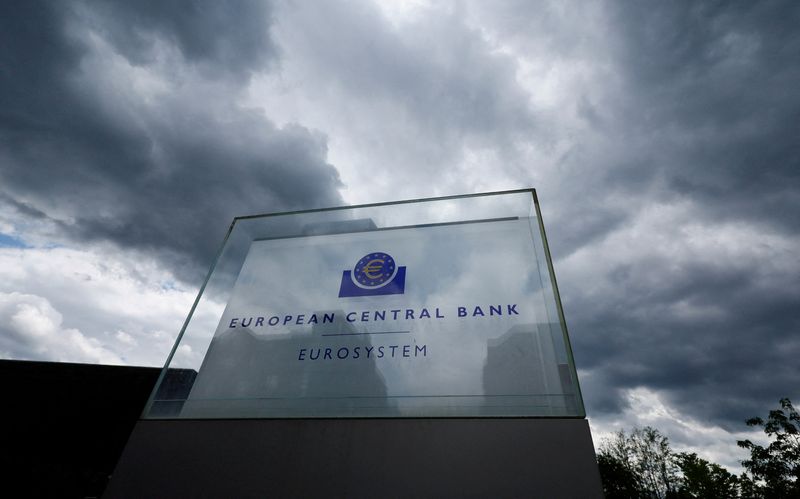EU banking watchdog calls out lenders for inflating capital buffers
2024.06.27 05:29
By Huw Jones
LONDON (Reuters) – Banks in the European Union may be inflating the value of their high risk debt used for plugging capital gaps in a crisis, the bloc’s banking watchdog said on Thursday.
Banks began issuing so-called Additional Tier 1 (AT1) bonds, also known as contingent convertibles or ‘CoCos’, to bolster capital after the global financial crisis.
The bonds convert into equity or are written off if a bank’s capital levels drop below a certain level.
There have been clashes between buyers of the debt and banks, most recently when Credit Suisse AT1 debt amounting to about $17 billion was written down to zero when the ailing lender was forced to merge with UBS, triggering lawsuits.
The European Banking Authority (EBA) said it has investigated how banks issue AT1 bonds, and set out its findings in a report on Thursday that included new ‘templates’ to better standardise information on AT1 bonds, and more accurately reflect their worth.
The aim of the guidance is to limit the room of banks to introduce bespoke tweaks when issuing AT1 bonds.
“Some provisions could be worded in a better way because, as originally proposed, they may be the cause of uncertainty in relation to regulatory provisions — for instance on the effectiveness/implementation of the loss absorption mechanism — or they may increase the already high complexity of the instruments,” EBA said.
It noted differences between the ‘carrying’ value of the bonds recorded on a bank’s balance sheet under accounting rules, versus the ‘nominal’ value.
“Measuring non-CET1 capital instruments for prudential purposes using the carrying amount (accounting value) is necessary to prevent overestimation or underestimation of the total capital available to cover losses,” EBA said.
“For the calculation and reporting of regulatory capital ratios, it is essential that capital instruments consistently reflect their actual loss absorbency capacity,” EBA said.

Regulators globally are looking at whether the events at Credit Suisse mean that changes are needed regarding the use of AT1 bonds in capital buffers.
The global Basel Committee of banking regulators has said that following banking sector turmoil last year, which included Credit Suisse, there may be merit in assessing the complexity, transparency and understanding of AT1 bonds.








